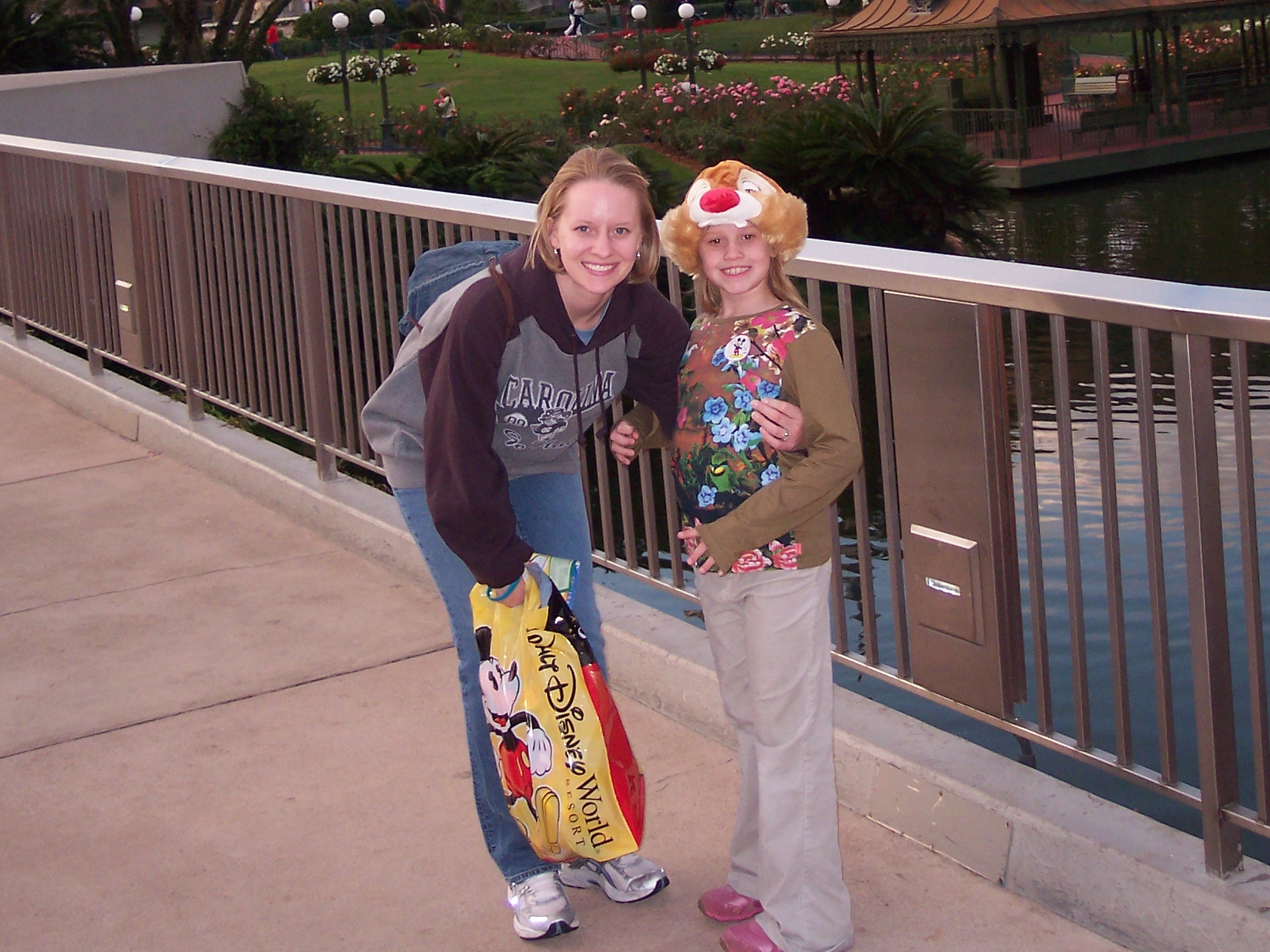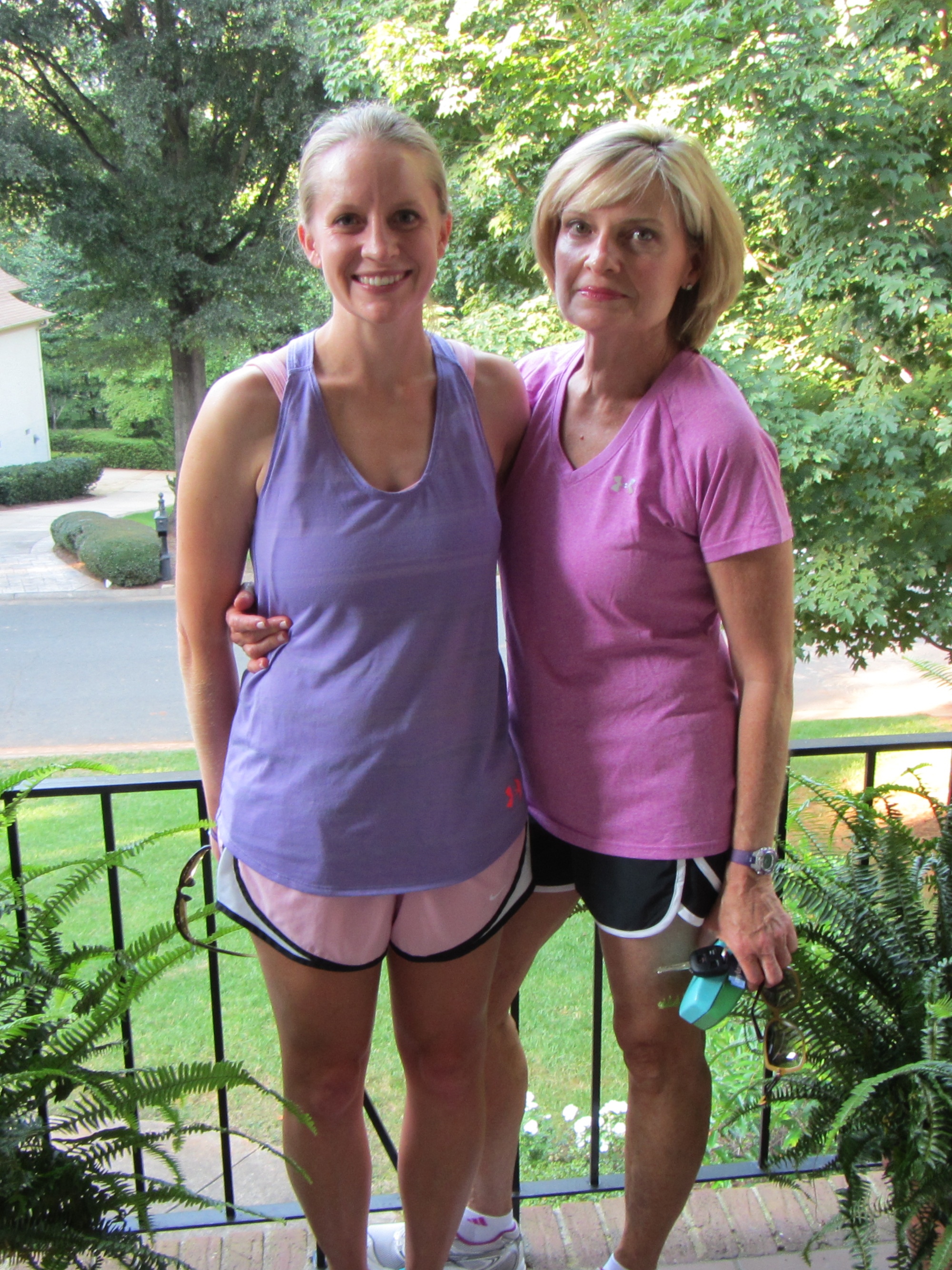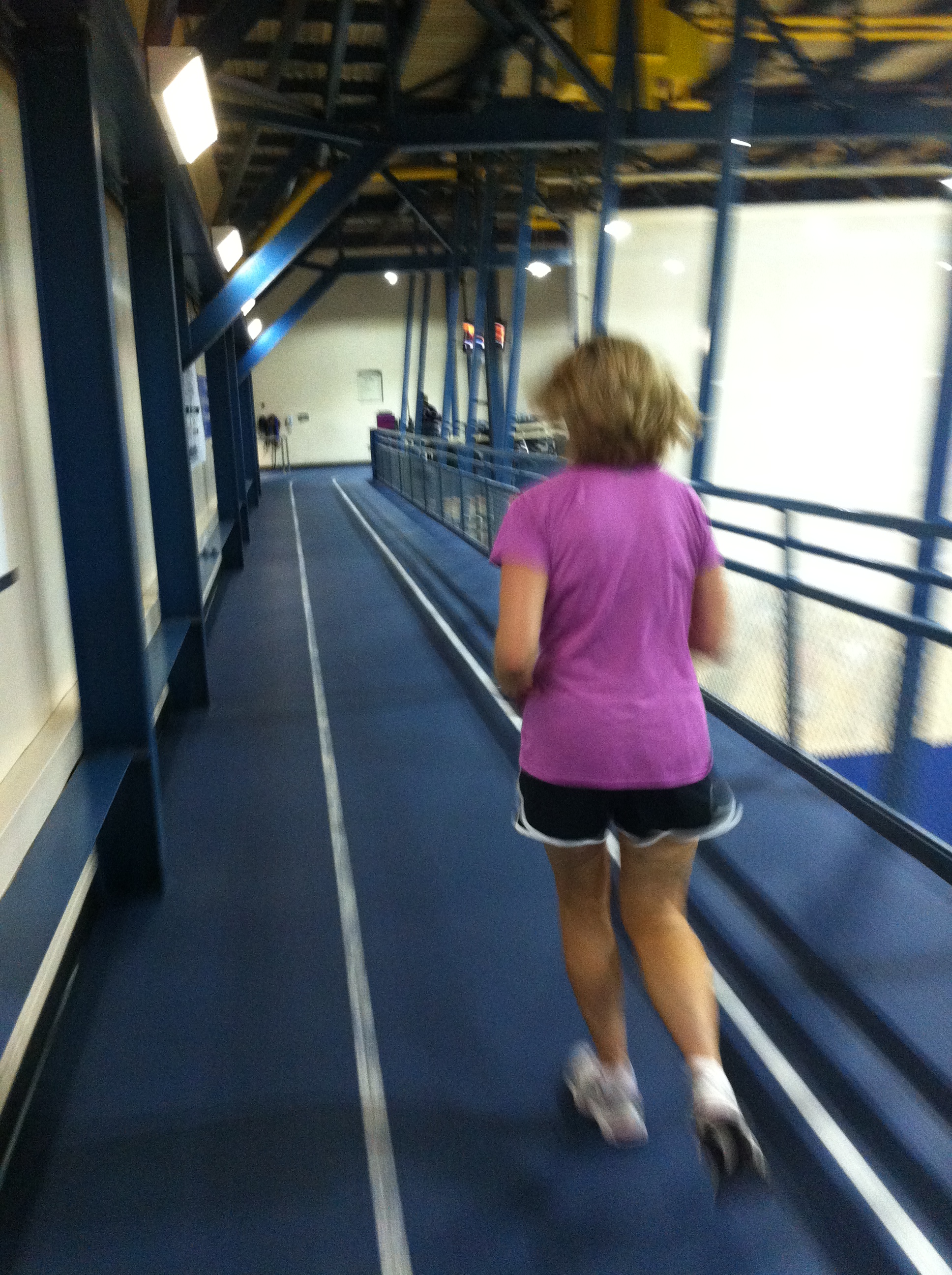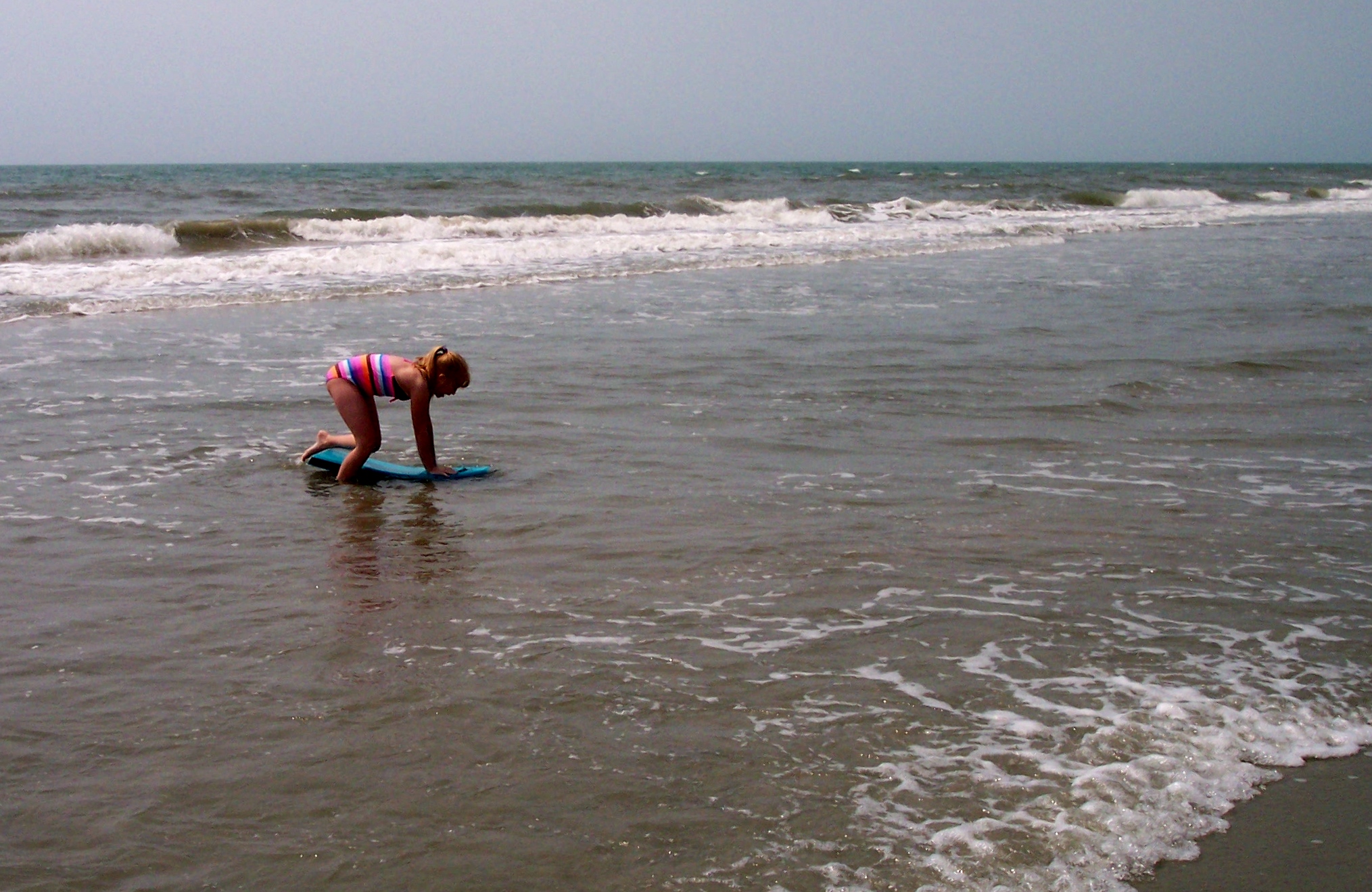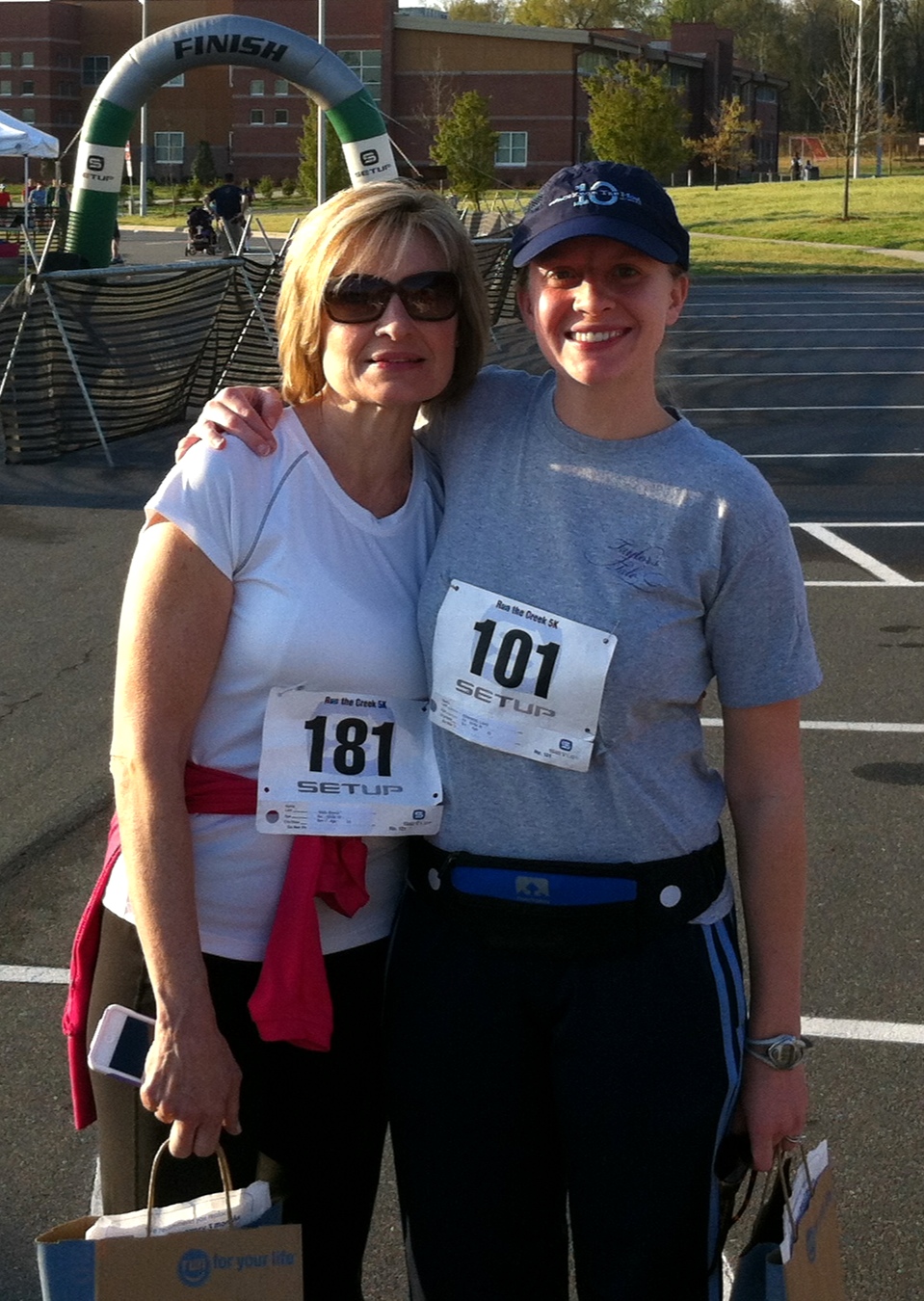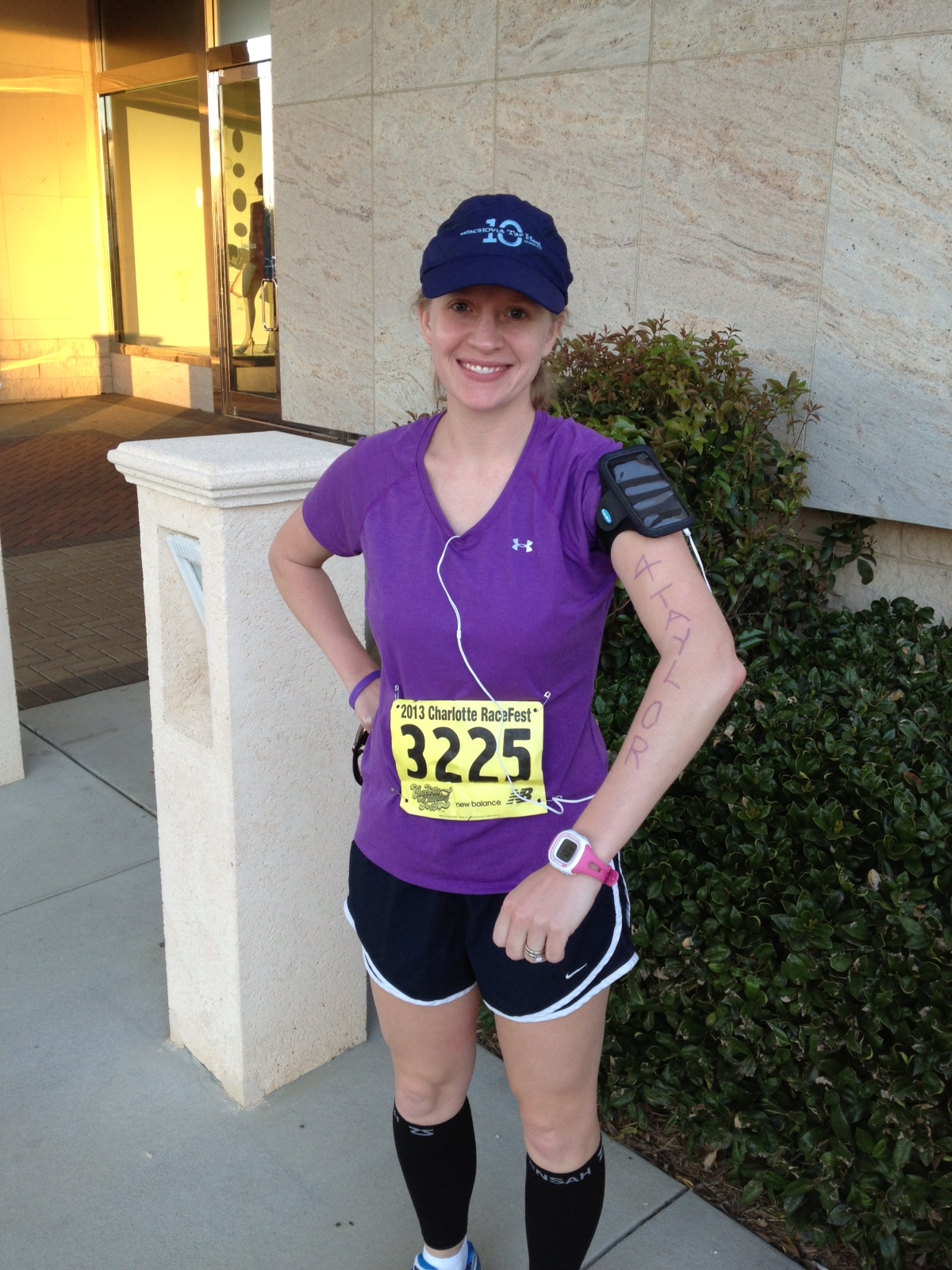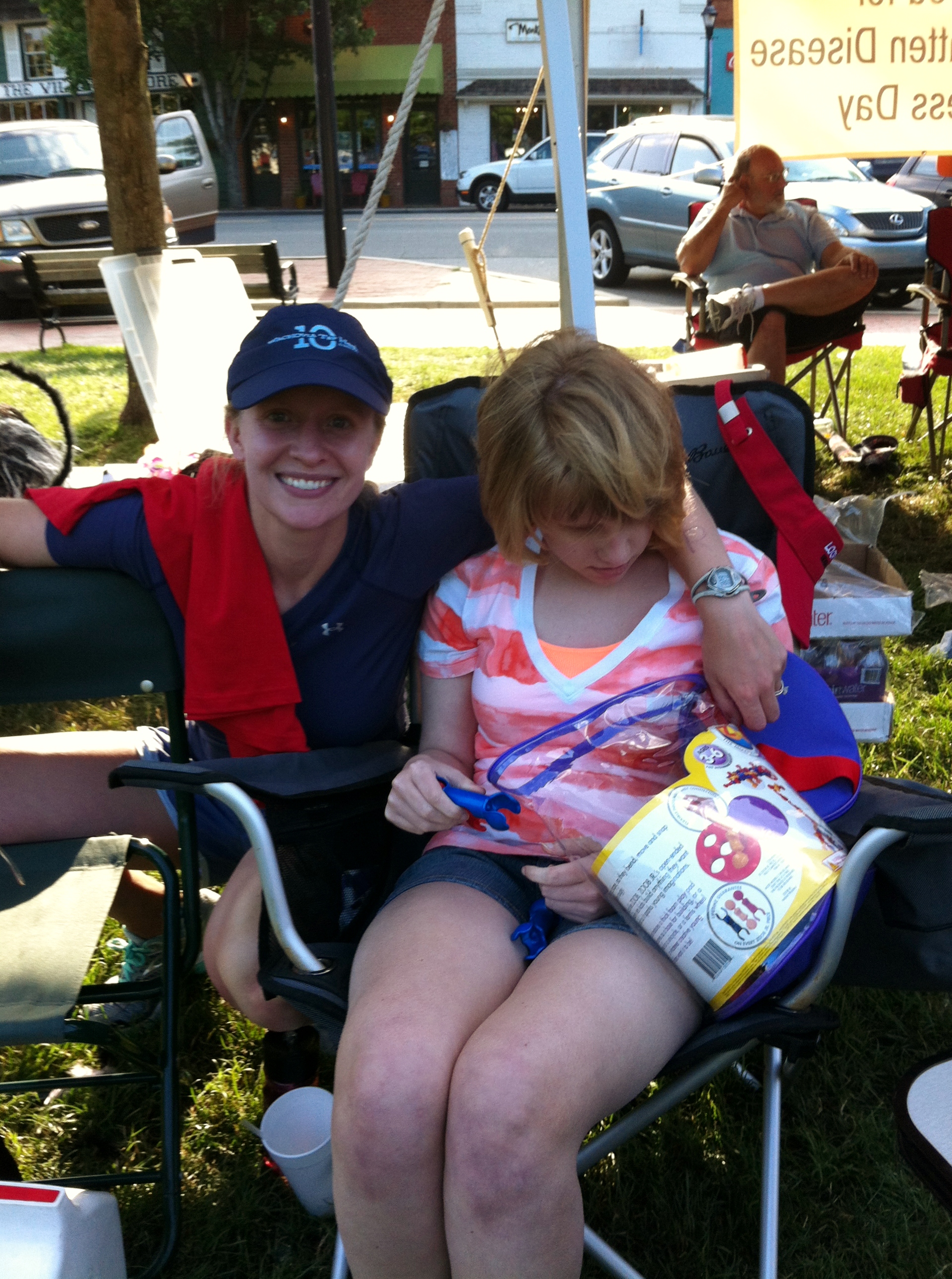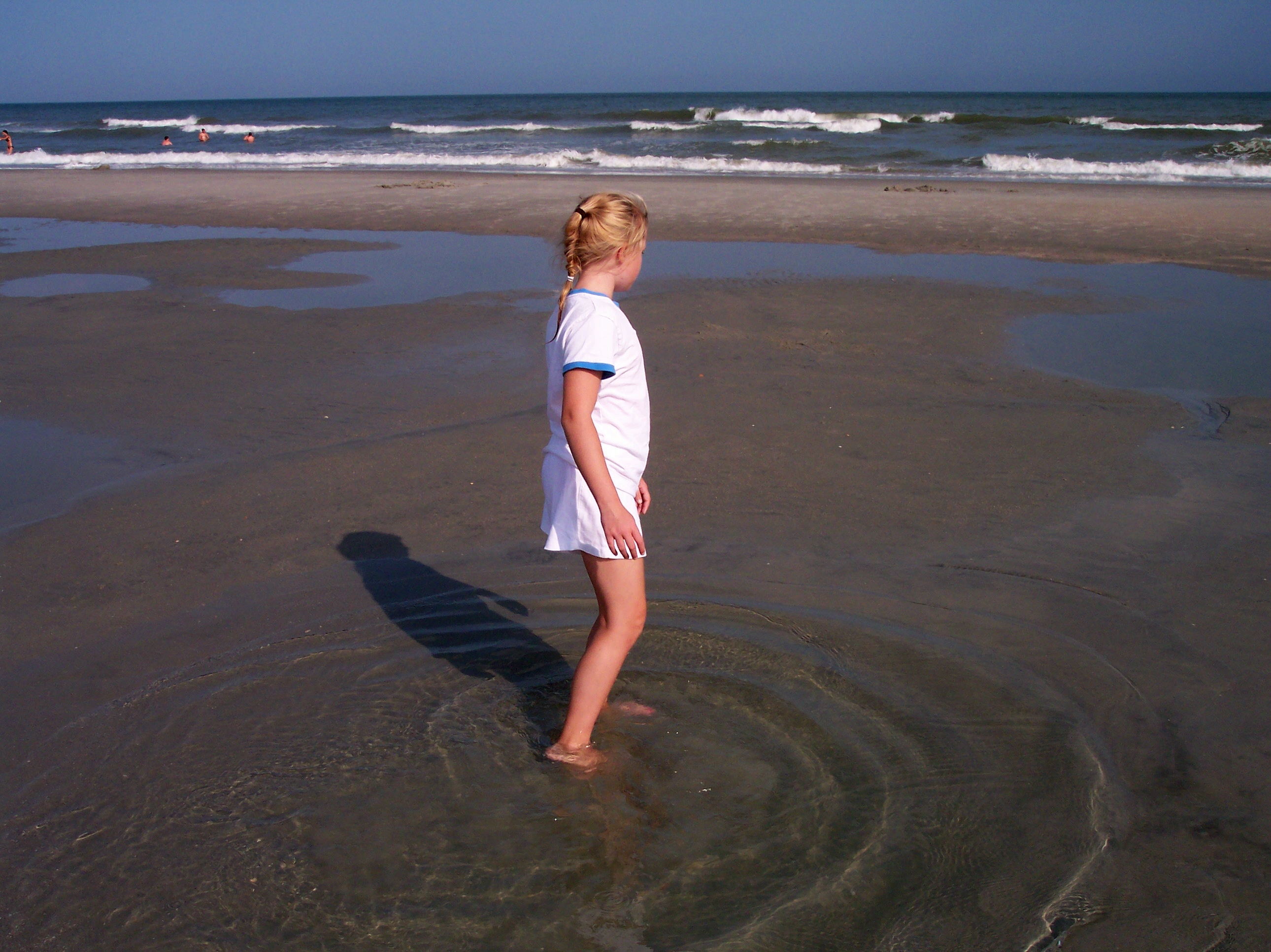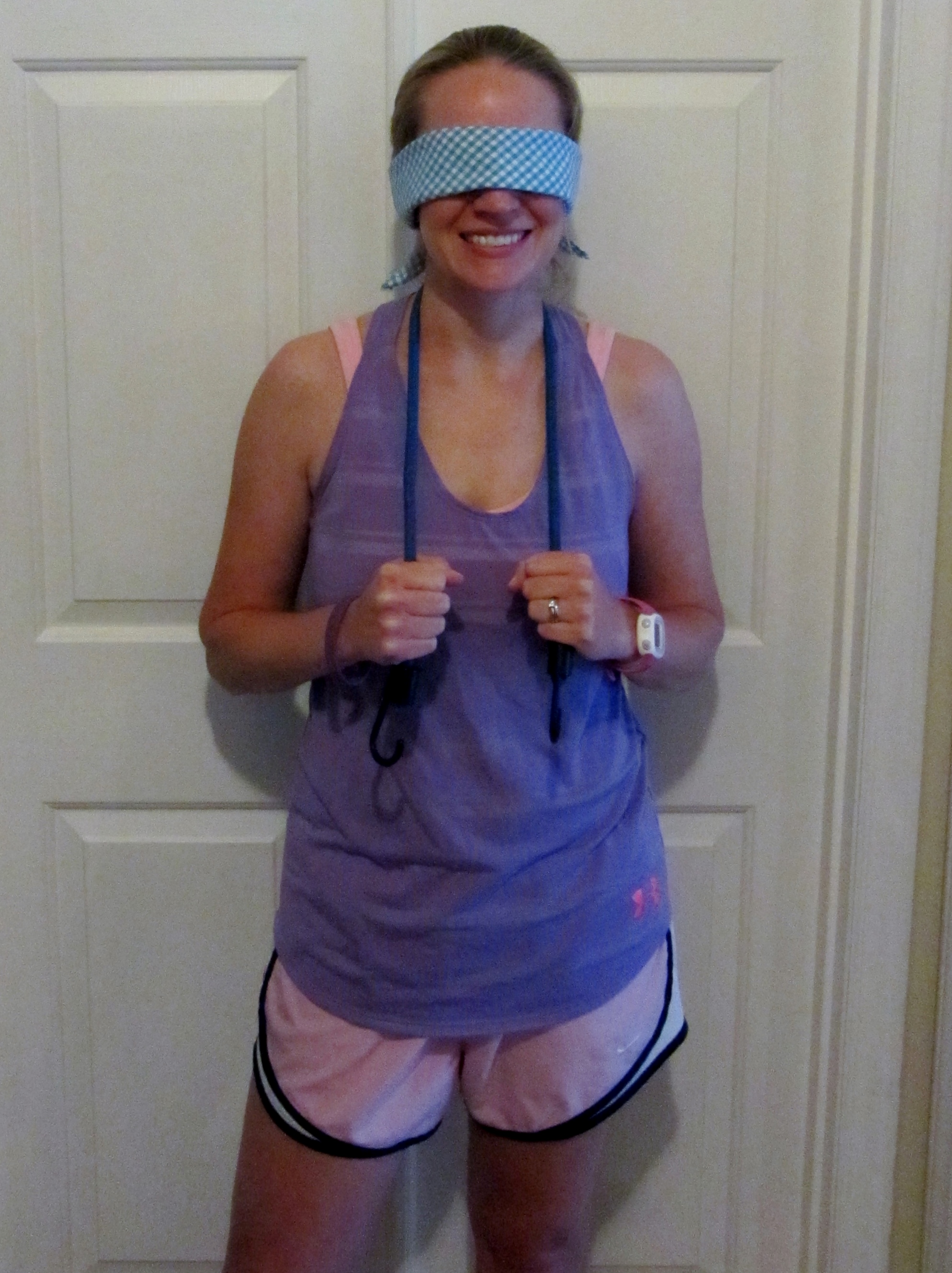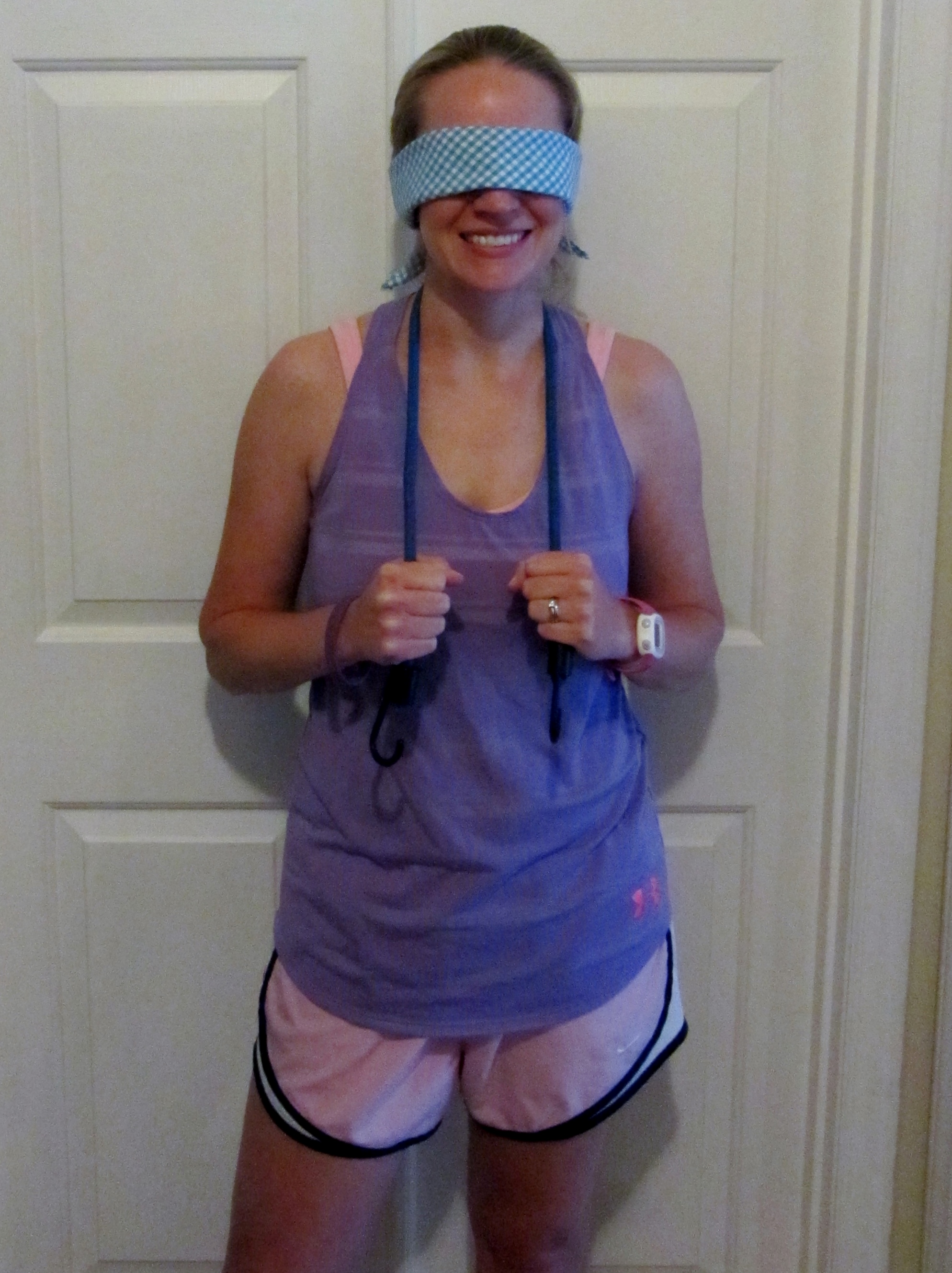On July 24, 2006, Mom called me at work to tell me that my then 7-year-old sister, Taylor, has Batten disease – a fatal brain disorder with no known cure.
I stumbled out of my desk chair and toward the stairs, pausing at the open door of our director’s office just long enough to tell her that I had to go home to my family. Then, I raced down the stairs and into the blinding sunshine of the midsummer morning. Outside, the world went about its day. But my insides burned.
When I ran down those stairs, deep inside, I knew I’d come back.
But I’ve never been the same.

